|
There exists a certain magical intrigue about boxes. How we like to compartmentalize everything. How the packaging industry of today is just feeding of our instinctive need to relate everything in a box to be more precious and more valued.
From presents on Christmas and Birthdays; to treasured memories - wedding dresses, love letters; to loved ones who passed. We put everything in a box specific to that. I was thinking of making tangrams for my next project but I am far more interested in making the box that they will be stored in. There is a section in fine arts called functional ceramics but why is it that functional sculpture becomes a craft? Can I make really beautiful and well thought our boxes as fine art? I am looking to merge the wood and clay to create boxes maybe for the tangrams or for whatever else I think deserving enough to be in a box. Born in Los Angeles, California, to an American mother and a Japanese father, Noguchi lived in Japan until the age of thirteen, when he moved to Indiana. Coming from the Orient during the time period, it is easy to understand why Noguchi set out to have such strict and imposing rules for his artwork. According to Constantly emphasising on purity of form as ways of working, he obsessed with having his work be 'honest' rather than to recast them out of different materials like plaster. I guess he was in his way trying to preserve what little culture he felt he could still have and express them, he worked in stone mostly and later granite, creating architectural forms, landscapes with both geometric and organic shapes. After seeing an exhibition in New York, Noguchi worked at Brancusi’s studio. Inspired by the older artist’s reductive forms, Noguchi turned to modernism and a kind of abstraction, infusing his highly finished pieces with a lyrical and emotional expressiveness, and with an aura of mystery. His sculptural works dealing with the void came out of these experience no doubt however, his later years where he turned to mass production of his interior designs is what fascinates me the most. He was undoubtedly and artist and designer who boldy rode the lines that separate the two. Noguchi managed to change design of industrialized objects through minimalism rooted fundamentally in art. This tumblr site called "Fuck Your Noguchi Table" catalogs interior spaces that I think is reminicent of Noguchi's industrial designs and art pieces. While the article made Noguchi sound like an uptight person who is overly controlling over the material and make of objects, I would like to end with this quote from Noguchi found on the Herman Milller website. "To limit yourself to a particular style may make you an expert of that particular viewpoint or school, but I do not wish to belong to any school," he said. "I am always learning, always discovering." I have been working with the geometric shapes for a while and came across the idea of making ceramic Tangrams focusing on the line between play and fragility of the ceramic material. Older antique tangrams are beautifully carved and exquisite, made out of ivory, wood, jade, clay etc. But today most of them are just blocks of wood with different colours. I have been looking into different glazes and thinking of different ways to create this fun yet challenging ceramic blocks. While I am hyper excited at the idea of making tangrams, a part of me wonder if it is considered 'art' to create something that is old and classic. What new stuff would I bring to the table? where is the line between art and design. Can well crafted design and marketable items still be considered art? It brings back to the whole Fontana and Melotti article where stuff made to be used in the home can still be classified as art or do they just become industrialised objects? While some of us know about tangram, here is an interesting and brief article summarising tangrams, it's history and how it has come to be the world's first puzzle craze. I always imagined that the first time Thomas Edison switched on the light bulb people secretly thought that he was a wizard. Think about it, lights, the things we take for granted are basically magical, like little balls of sun. And lighting, chandeliers that hang from the ceiling are like magic balls of light that are suspended in the air. If you still need convincing check out these magical installations by Norwegian artist Rune Guneriussen. So instead of lamps I was thinking of making some chandeliers, blending ceramic, wood and maybe even metal to create a series of lights that are simply magical. Here are some of my inspiration.
Since ceramics was not my first medium, I am constantly still struggling to make bigger, more precise work with a material that has a mind of its own. There are many different art styles that I am drawn to such as the 'minimalist functionalist' or artists that work with the figure or even installation as part of a performance or a set for photography. 1. Minimalist functionalist Ionna Vautrin, Yuval Tal, Ami Drach 2. Back to the Bodies Rabarama (Paola Epifan), Sueng Chan Lim, David Altmejd, Lucy Mc Rae 3. Ceramics as Installation
Clare Twomey, Ai Wei Wei, A M Martens, Carol Young Being new to the art scene, it is easy to for all the sensory organs to feel overwhelmed. What to look at? What to make? What to do? What is this about? While I took my time in experimenting different mediums and forms, I am particularly attracted to artwork where the process itself is an art of its own. So the artist I chose to present is Tim Hawkinson.
Everything from his weirdness and funny accent makes me grow fonder of his pieces and admiring his art processes which can be comparable to engineering. From surrealistic Dali clocks to zentangle doodles to musical installations, Tim's work not only reflects an abstracted mind but also a technical creative process to create these amazing works. As an art student, I find most of my projects to be little experiments to discover what I want my work to be about. At the beginning of the semester I was feeling a little down about this class as clay is not my friend, it has a mind of its own and it clearly doesn't like me. So I spent the past 2-3 weeks sucking up to it, but then I was told to make clay work for me rather than changing the way I work for clay.
I ended up with little interactive pieces of clay which I really enjoyed making and working with. For this next project I would like to furthur this progress and look into making more architectural design elements and mulitples of geometric shapes that are interactive peices by themselves and maybe in as an installation in the future. Some of the artists that I am looking at are Del Harrow, Brandon Reese, Andrew Molleur etc. "Asking a sculptor to make ceramics was like asking a poet to write advertisements", claimed Melotti back in 1939. Long before being distinguishable, artists like Melotti and Fontana have struggled the Ceramic Sculpture, is it ceramic or sculpture? Having to clarify this, Fontana went on to publish a text, in which he defined himself: “I am a sculptor, not a ceramicist. I have never thrown a plate on a wheel nor painted a vase. I detest lacy designs and dainty nuances.“ Lucio Fontana. Both these artists were first drawn to clay because of its economical means and accessibility after the war. A part of me begins to wonder if they were to live today what new materials would they be creating their ideas with, considering neither of them were pleased about being too associated with being a ceramist. Would Fontana's Nature series be constructed of polyurethane? How would technology and the discovery of new materials impact their enthusiasm for installations in their later works? In the article it explains that the choice to work with clay gave them an opportunity to reach wider audiences, Fontana and Melotti's work would not just be in the gallery but also at trade fairs and used in homes. Being unfamiliar with most of Fontana and Melotti's work, I visited some other sites and attached the pictures above. One can see the changes stylistically and intuitively from their works over the decades. Despite creating works that are used at home and sold in trade fairs, Melotti and Fontana's ceramics always remained in the realms of fine art. Fontana insisted that they were so because they were 'monotypes' as they were often unique objects that are directly and carefully modelled by the artist. This brings up the issue of form and function to me and I read it to be a question of can fine, high art pieces be functional and duplicated to multiples or does an object loses it high/fine art quality when they are also function? In high art, can form still follow function? I am most moved by the notion of creating artwork at dire times after world wars. Coming from a developing third world country, the liberal arts are often put down and seconded to science and technology. But to imagine establishing oneself as an artist back then in Italy after the war would be similarly challenging.
Three days ago when I think of ceramics, there would be elegant dinner settings on the table with large smooth bowls, or blue and white Asian pottery I grew up seeing. A short introduction to ceramics sculpture opened up a whole new world for me. One would think that after making clay objects for more that thousands of years, we would maybe eventually run out of ideas. Apparently not. It certainly is easy to become 'glazed and confused' when confronting these new ceramic styles. Some of which I am not sure how to think about it such as the piece below by Ruby Sterling called Butterfly Wreck. Other styles that I really enjoyed are Creation/Destruction which are incredibly made objects which seemed like they could have been functional but is no longer the case. Some clay pieces are made to look like fabric defying gravity in their existance. A short reading assignment easily turned into hours of pinning on Pinterest. I look forward to foster a better relationship with my arch nemesis material- Clay.
|
/a blog about/
|
||||||
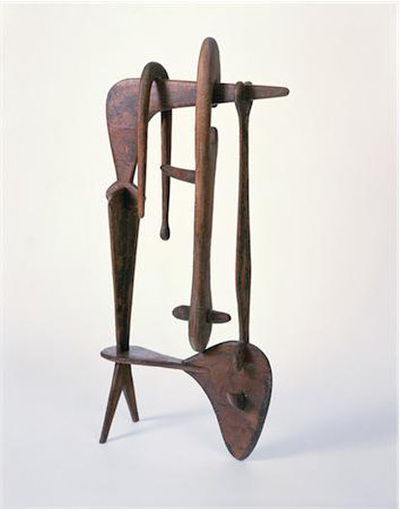
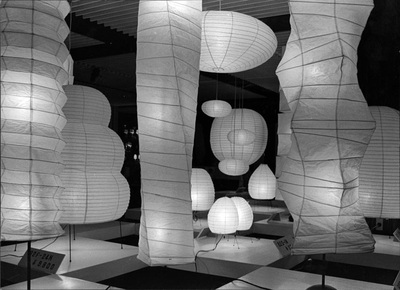
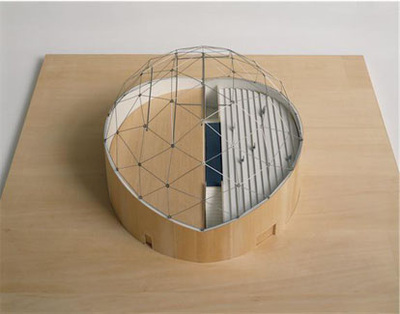
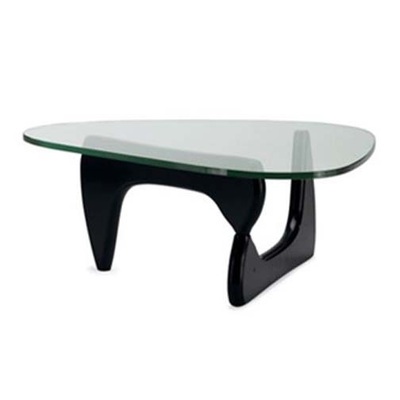
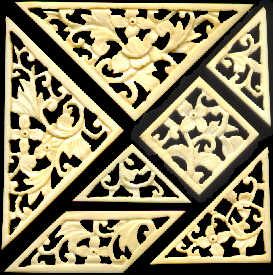
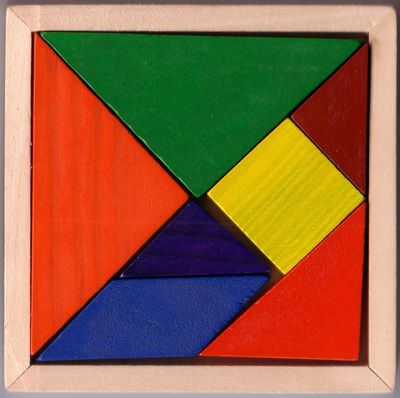
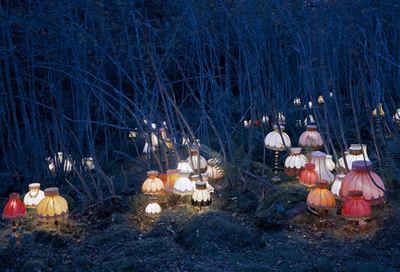
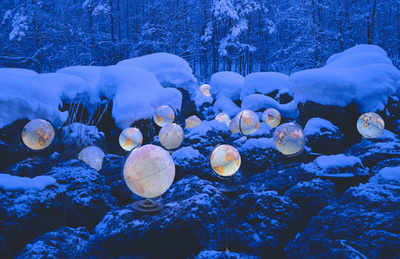
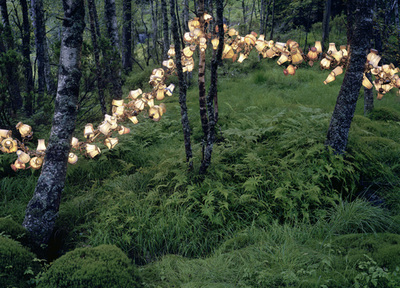
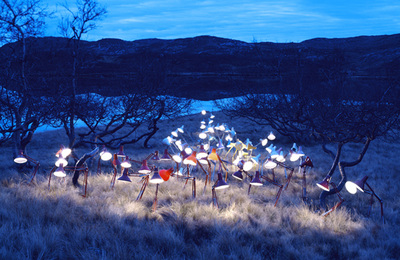
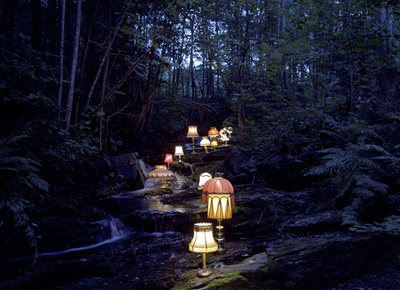
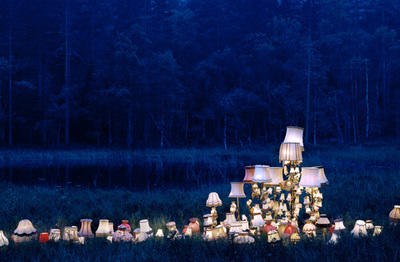
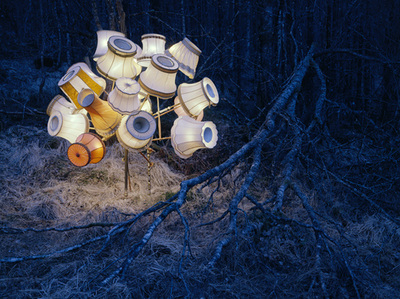
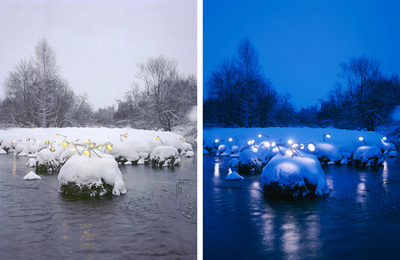
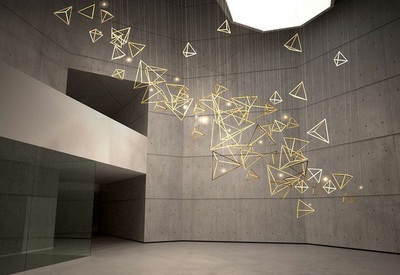
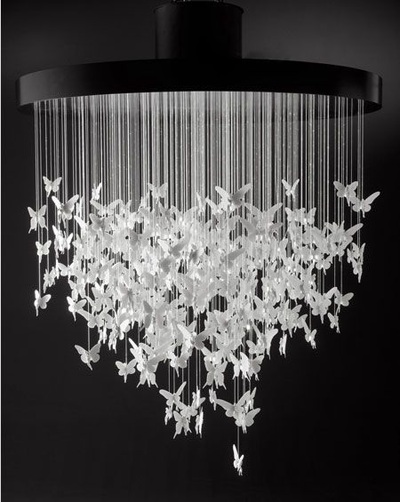
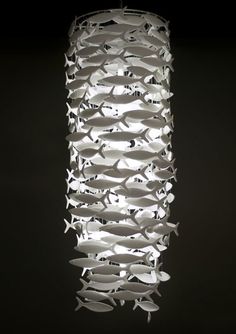
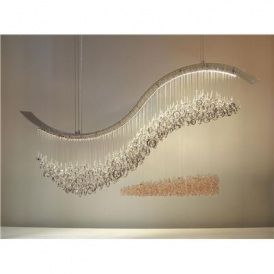
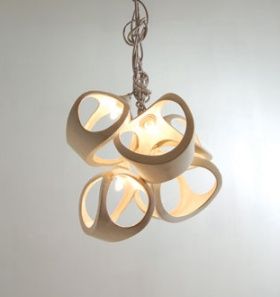
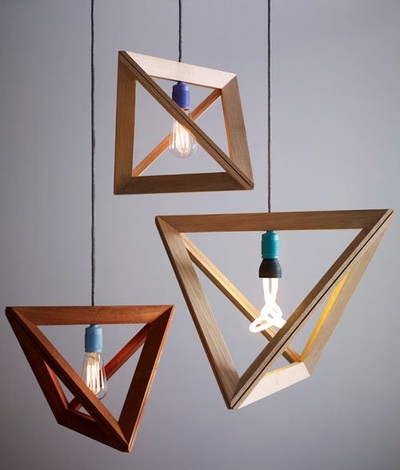
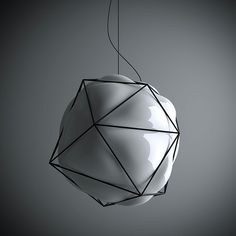
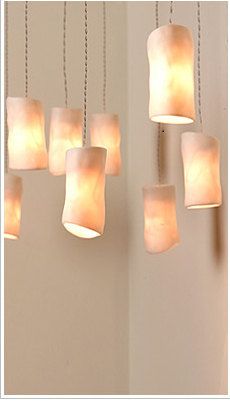
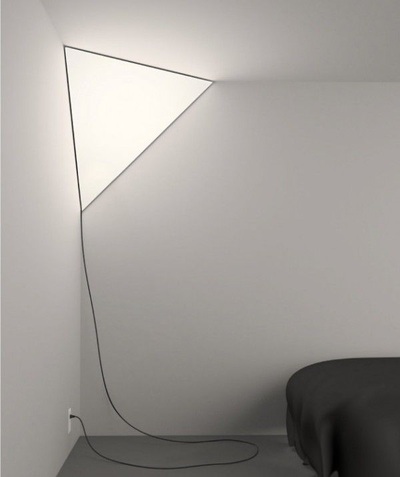
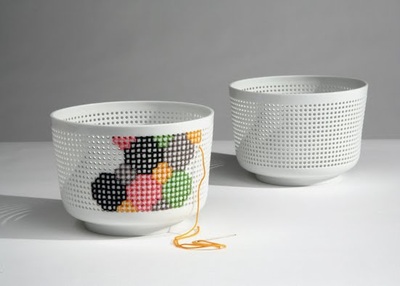
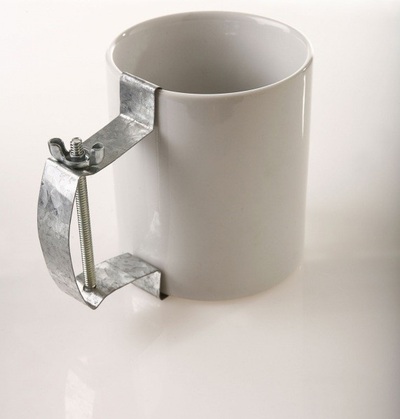
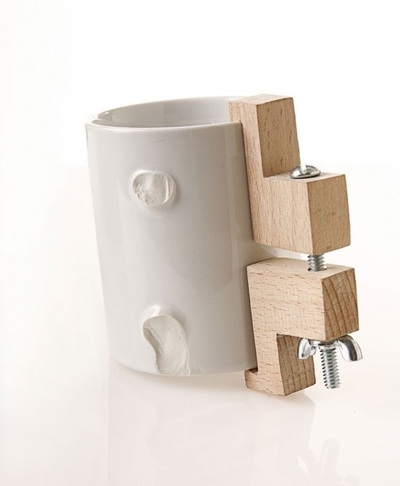
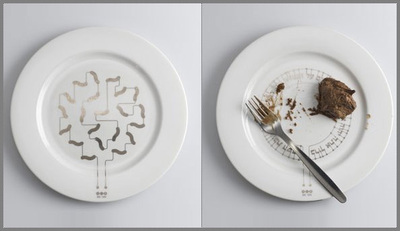
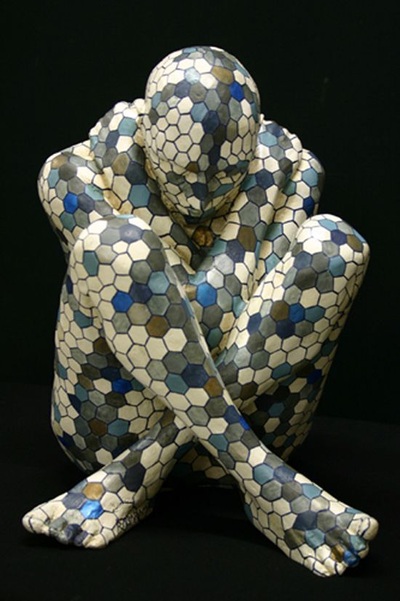
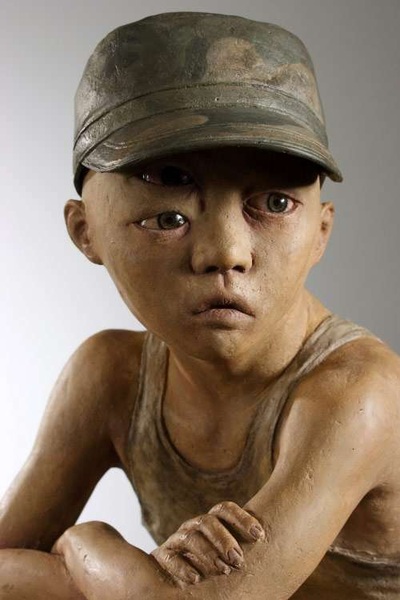
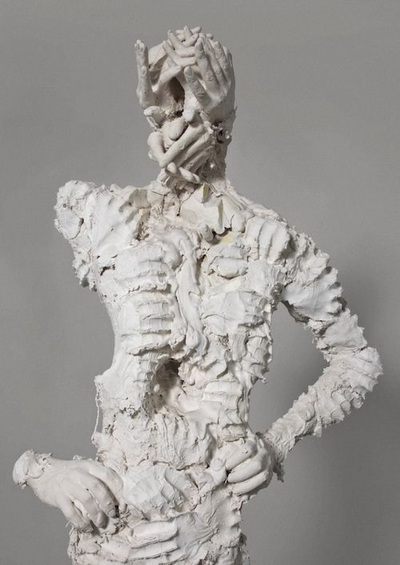
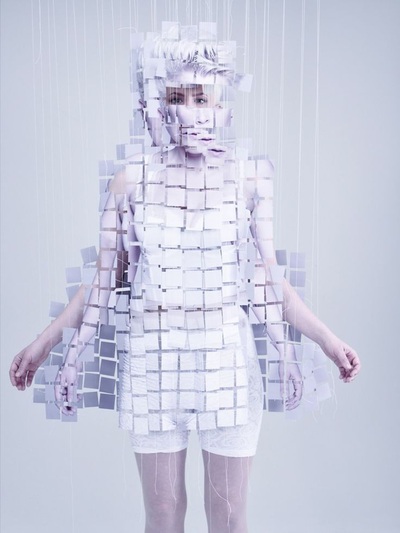
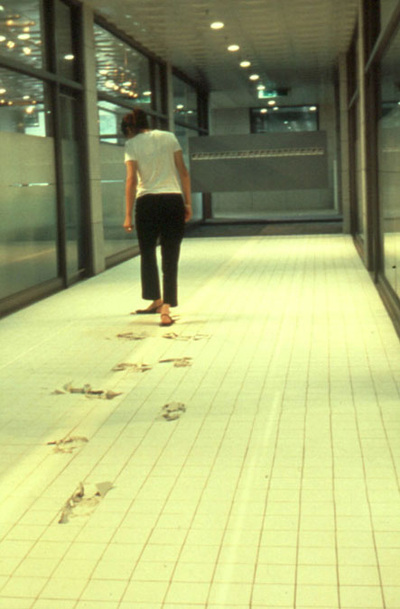
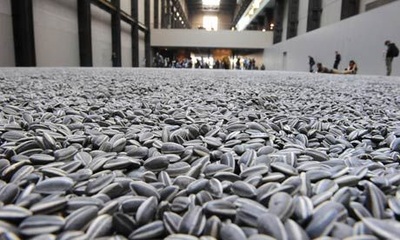
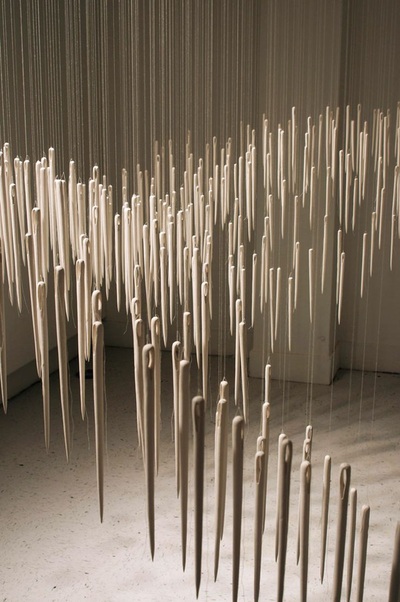
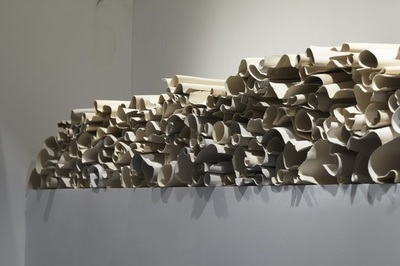
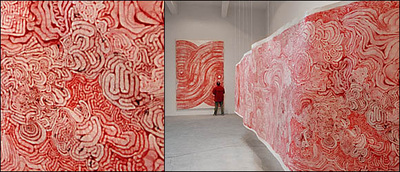
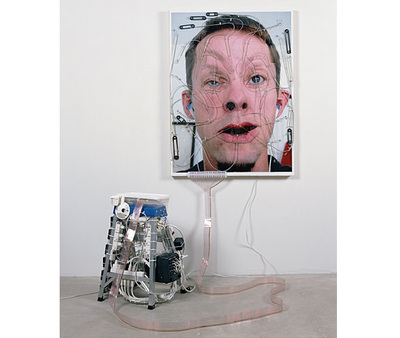
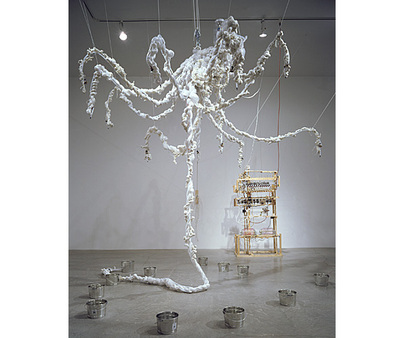
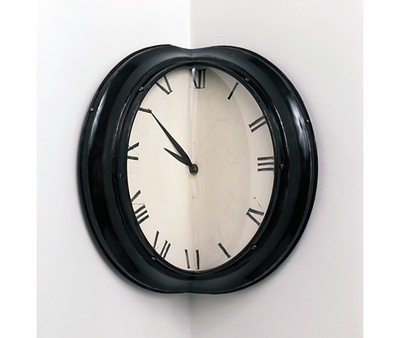
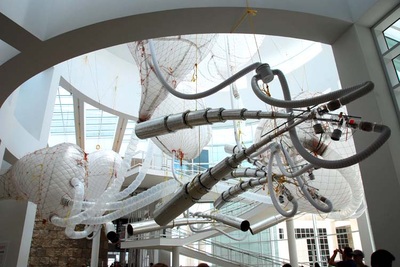
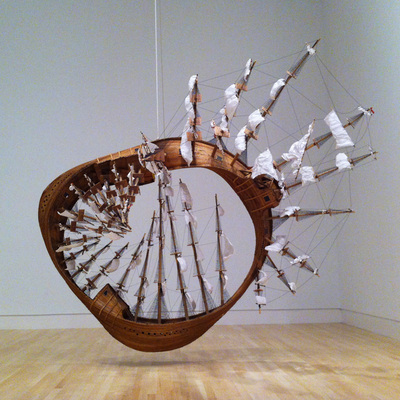
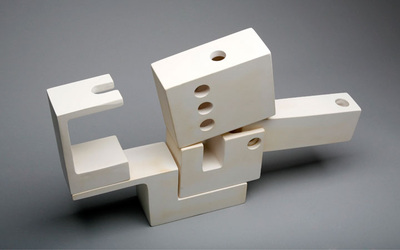
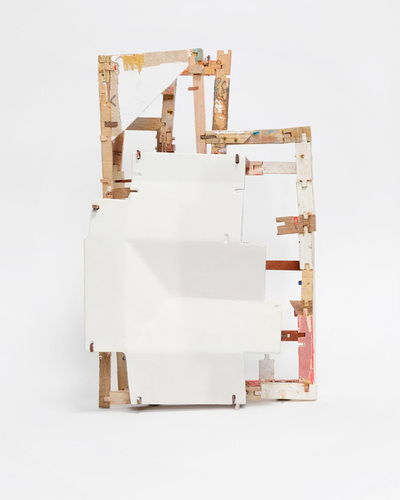
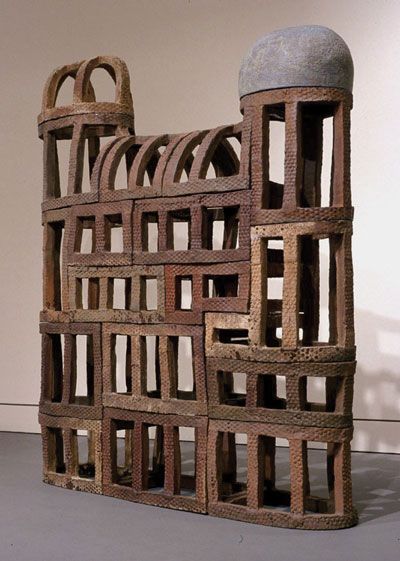
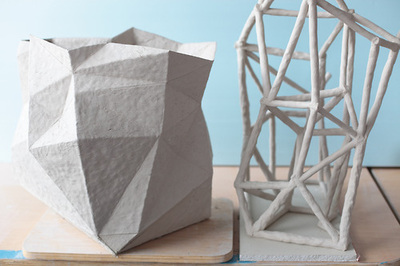
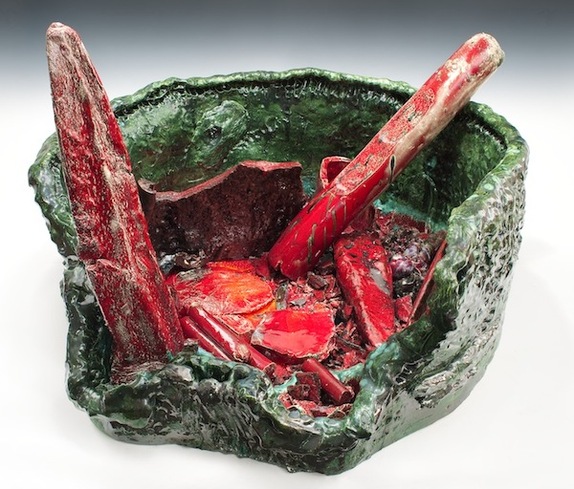
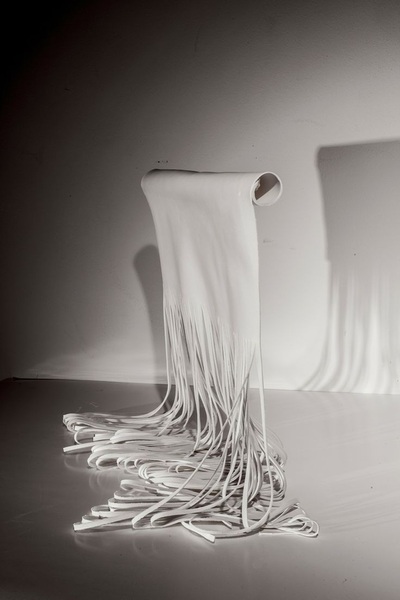
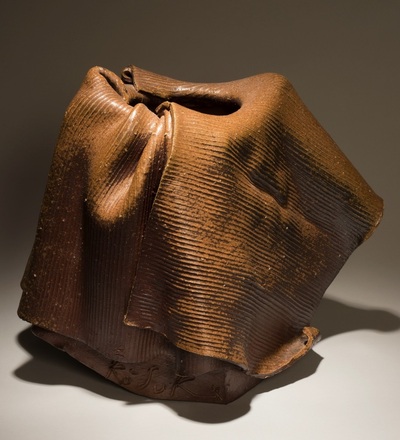
 RSS Feed
RSS Feed
